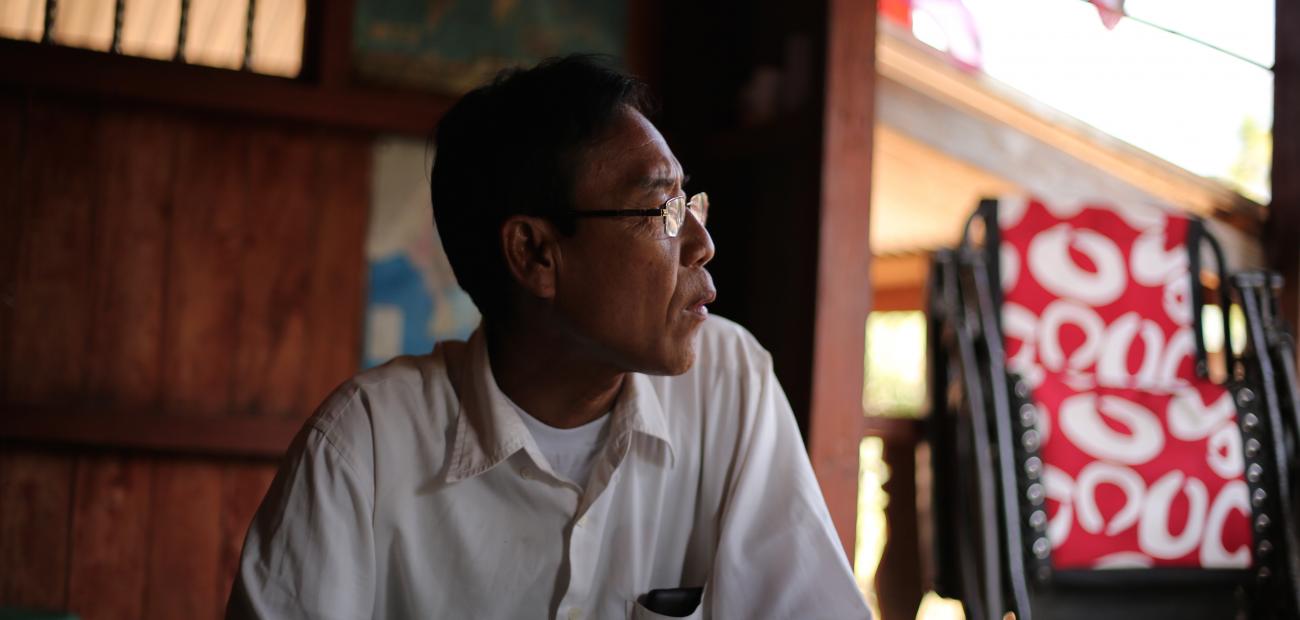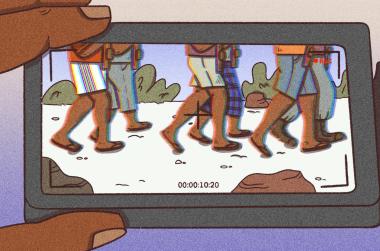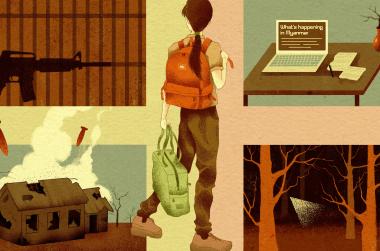Phar Chin has spent years helping to heal neighbours in his little rural hamlet, tucked deep in the forests of conflict-scarred Mon State. Trapped in the midst of fighting between the Myanmar military and the armed wing of the Karen National Union (KNU), the community of around a thousand people was cut off from basic services for years.
As a health worker Phar Chin provided a lifeline for people vulnerable to the scourge of malaria and tuberculosis.
But there was one patient who would not heed his advice -- his own mother.
“My mum had TB. She was quite old-fashioned and refused a sputum test. So she just lived with the illness. It took (the health workers) coming to the house to take a blood sample to eventually find out she had it.
“She didn’t want to take any medicine either. I brought it myself and gave it to her. She took it for a while but there were side effects she didn’t like, so she stopped,” he says sadly.
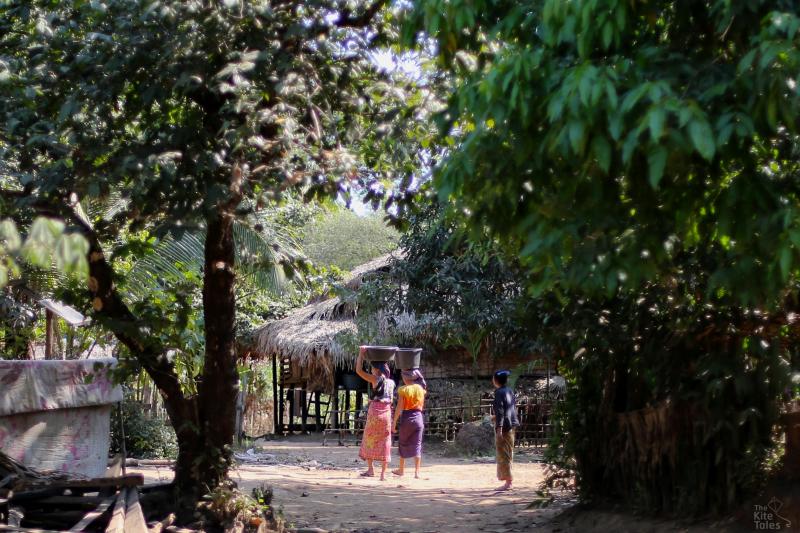
The junta’s policies of neglect starved many communities of funds for essential services. Until around 2012, spending on healthcare was one of the lowest in the world, at less than 1% of the gross domestic product (GDP).
Even with the recent doubling of the healthcare budget, hospitals and clinics continue to struggle with a shortage of staff, medicine and basic equipment, especially in far-flung areas.
Phar Chin plays a critical role in his Shwe Yaung Pya village, persuading people to trust in modern medicine after generations of making do on their own.
“This village was among the worst affected by the conflict. It was in the black zone. It was often destroyed in the fighting and we would have to flee. That happened many times,” he says in a soft voice that belies the tumultuous years he experienced.
The 63-year war was one of the world’s longest civil conflicts, and forced tens of thousands of people across the border to Thailand.

“We were stuck between a rock and a hard place. The government forces would say: ‘You are Kayin so you are KNU’. But the KNU would say, ‘Even though you’re Kayin, you side with the Bamars. You’re traitors’.”
During the height of the fighting the village was largely cut off.
“My father stepped on a mine while looking for firewood in the forest. He lost his leg,” Phar Chin says.
“It was so difficult to go anywhere or communicate with anyone before 2005. If someone needed to go to the hospital, we had to carry them to the main road and wait for transport.
“It’s so much better now,” Phar Chin says, referring to the rough little road that connects the village to the wider world.
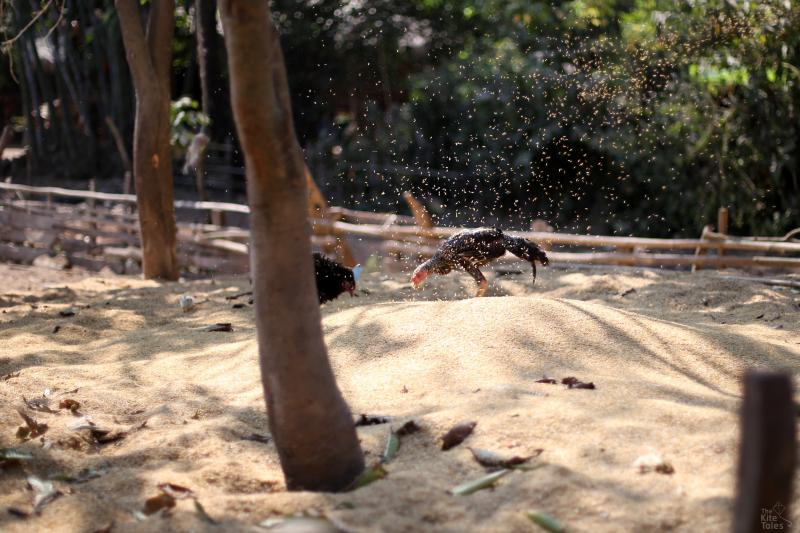
With his father unable to do much work, Pha Chin became increasingly responsible for looking after his family. But as a young man in the middle of a war, he had to avoid the clutches of the opposing armies, who were eager for extra manpower to swell their ranks.
“I was made to act as a porter for the government forces many times. Everyone was.
“Sometimes it was one or two days. But one time we had to go over there,” he said, gesturing to a craggy mountain range beyond the village. “That lasted about a month.
“I didn’t stay in this village as I got older because of worries that the insurgents could abduct young men. I went south to work as a farm labourer.”
The abuses only stopped after a ceasefire was signed in 2012, an uneasy truce that remains fragile.
“I just hope we continue to have peace. If we have to flee again and the village is gone, there would be nothing left for us.”
After many years away, Phar Chin returned home towards the end of the 1990s and got a job as a healthcare worker for the local government. He now works on malaria and TB as a Community Health Services Liaison for Population Services International, a health group that has been operating in Myanmar since 1995.
Phar Chin collects medicines and checks on the ailing to ensure they are following the treatment guidelines.
“They cut corners here. They only go to hospital when they are very ill,” he says.
The work has paid off, particularly with malaria, which has dropped dramatically in the region in recent years.
Phar Chin has overseen a steep rise in testing for the disease in his area, from 11 cases in 2011, to 160 in 2016.
“People’s awareness is much better now, they have more trust in the treatments.”
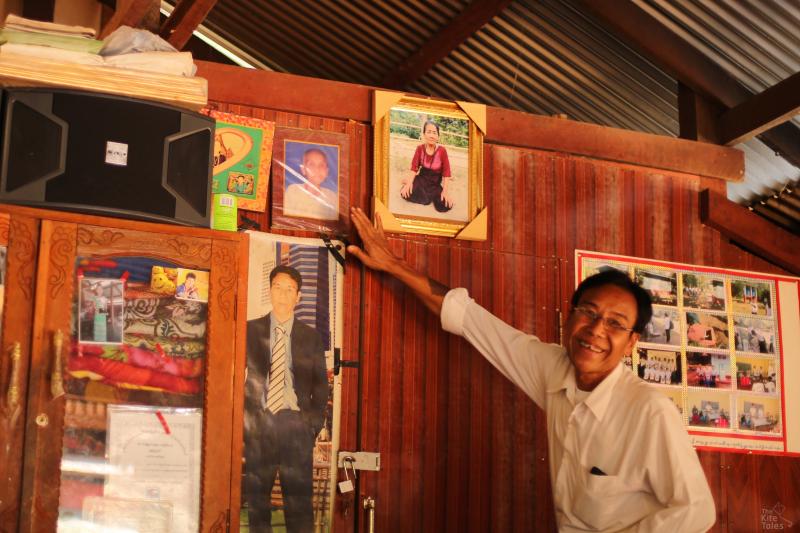
But his mother could not be persuaded to put her faith in modern medicines.
“She wouldn’t listen to me. And the older she got, her mind started going and she said I was trying to kill her with medicines because I no longer wanted to look after her.
“She also got really angry when we would prepare a different set of things for her when she was eating with her grandchildren.
“She said, ‘Why did you do this?’. She loved her grandchildren, but she didn’t understand they could be infected from her. She thought I was being mean to her.
“Eventually she died of TB.
“I was able to persuade everyone in the village -- they listen to me -- it was only my mother who wouldn’t listen.”
Interviewed in December 2016

